



Just a week after the Nazis stormed across the Polish border to launch World War II, German forces occupied the bustling textile city of Lodz on September 8, 1939. The Nazis rounded up more than 160,000 Jews and Roma and confined them to a poor industrial section of the city. They lived and worked behind barbed wire and armed sentries in what was a 1.6-square-mile prison. Of the 1,000 ghettos created by the Nazis to segregate Jewish populations in cities across Eastern Europe, only the one in Warsaw was bigger and none existed for as long as the one in Lodz.
A former press and sports photographer, Ross had a skill of use to the Nazis. Although his camera had been initially seized, it was returned along with an official assignment to snap photographs for the statistics department of the ghetto’s Jewish Administration, which was tasked with implementing the Nazis’ orders. Ross was assigned to take residents’ photographs for identification cards and capture images of workers inside the ghetto’s mattress and leather factories in order to showcase their productivity.
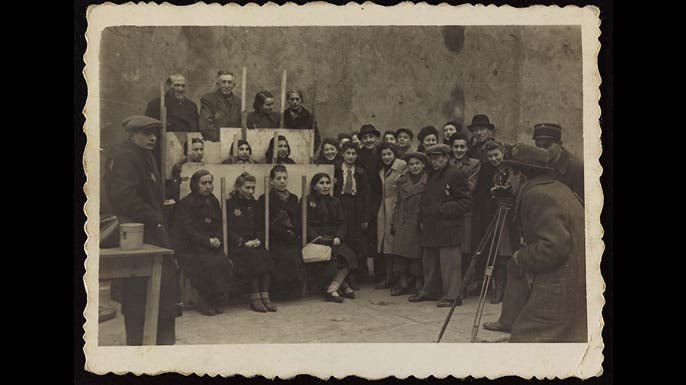
However, unknown to the Nazi authorities, Ross secretly took photographs of everyday life in the ghettos—both lighter moments and the grim reality—in addition to the staged propaganda pieces. He snapped photographs through cracks in doors and sometimes even hid his camera under his overcoat, which he opened quickly to take a shot before concealing it again. Ross took a tremendous risk along with his photographs. “Having an official camera, I was able to capture all the tragic period in the Lodz Ghetto,” he said. “I did it knowing that if I were caught my family and I would be tortured and killed.”
A quarter of those inside the Lodz Ghetto died of starvation, and nearly 100,000 were deported to death camps at Chelmno nad Nerem and Auschwitz. As the population inside the ghetto continued to be liquidated, Ross was one of the few kept back as part of the clean-up crew to gather gems, money and other valuable from empty buildings.
Ross knew that virtually everyone in the ghetto was living a slow death sentence, and his time was running out. He placed 6,000 negatives and a few hundred prints in an iron-rimmed box that he buried near his house in the hopes that they would be discovered by future generations. “I buried my negatives in the ground in order that there should be some record of our tragedy,” Ross said. “I was anticipating the total destruction of Polish Jewry. I wanted to leave a historical record of our martyrdom.”
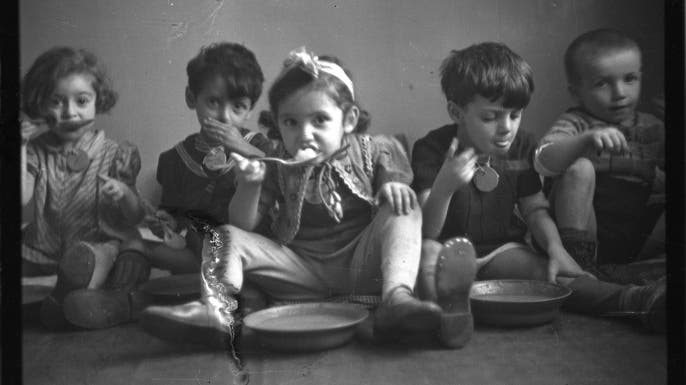
Salvation arrived in January 1945, however, when Soviet Red Army tanks rolled into the shattered city and liberated the ghetto. Of the tens of thousands penned inside the Lodz Ghetto at the start of the war, only 877 remained—including Ross and his wife, Stefania. When Ross exhumed his camera from beneath the ghetto’s wasteland a few weeks later, he also resurrected the memories of the tens of thousands who had been slaughtered. His photographs likely captured the last images of many of the dead.
Groundwater had ruined half of his negatives, but the surviving photographs are now going on public display in the United States for the first time as part of an exhibition opening at Boston’s Museum of Fine Arts on March 25. “Memory Unearthed: The Lodz Ghetto Photographs of Henryk Ross,” which runs through July 30, also includes hundreds of artifacts such as ghetto notices and Ross’s own identification card.
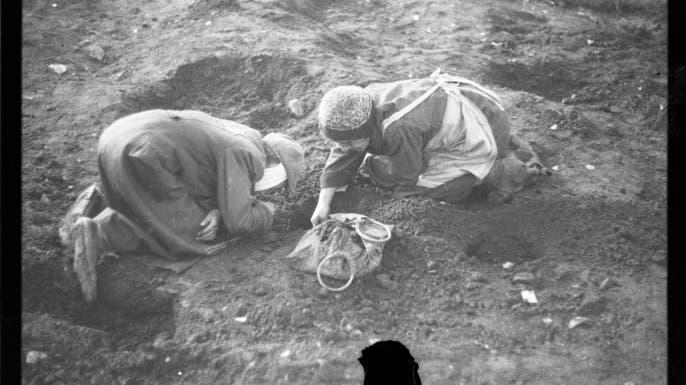
Photographs taken by Ross in the early years of the ghetto include happy snapshots that could appear in any family photo album—mothers kissing babies, wedding celebrations and family dinners. The surreptitious black-and-white photographs also include haunting images such as a man wading through winter’s snow drifts amid the rubble of a ransacked synagogue, children clawing the ground searching for discarded potatoes and a scarecrow with a Star of David sewn on its jacket.
“His work really gives us a window into the complexity of life over those four years. It shows us the desire for normalcy, and it also shows us a great sense of resilience,” says Kristen Gresh, curator of photographs at Boston’s Museum of Fine Arts. “His photographs are a a testimony to survival. And they are important, both on an individual level, but also for the collective history of that time period. And so I believe that these photographs are a true part of a larger memory, which is incredibly important, and a reminder of what the photographic medium can do, what it represents for all of us on a deeply personal or historical level.”
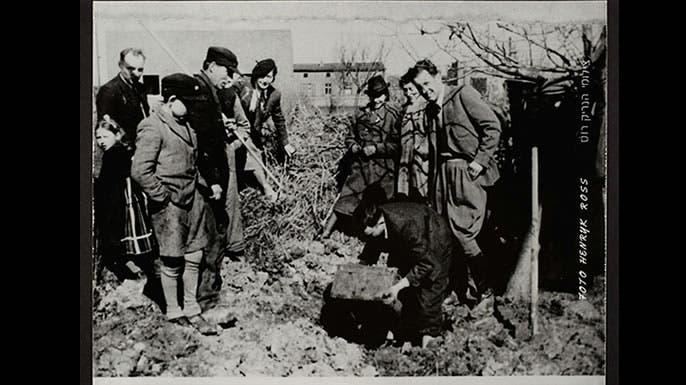
The 1942 photograph of young children, some smiling, riding in a horse-drawn wooden carriage induces smiles until context delivers a hard slap: They were among the 20,000 taken from the Lodz Ghetto to the Chelmno nad Nerem death camp 30 miles north of the city. They were among the weak and vulnerable who were the first to go—children harvested from orphanages and ripped from their parents, the sick taken from hospitals, the elderly moved out of nursing homes.
“Some of the most powerful photographs that Ross took covertly are the photographs of deportations,” Gresh tells HISTORY. “He photographed early deportations where we see children being carted off in a wagon. We see people trying to escape out of a hospital window and officers rounding up people from the hospital. And he also photographed the later mass deportations where we see hundreds of people going and getting in the train or being boarded onto the trains. Ross took these at great, great personal risk. He knew that he risked his life and his family’s life, but was determined and resilient enough.”
Some of the images in the exhibition bear the scars of the water damage that make them look as if they have been licked by flames. “I think there’s a real parallel between this physical damage that the negatives suffered and then the content of the actual photographs. I think it’s very symbolic that the photographs and negatives are sort of imbued with the very history of what Ross was documenting,” Gresh says.
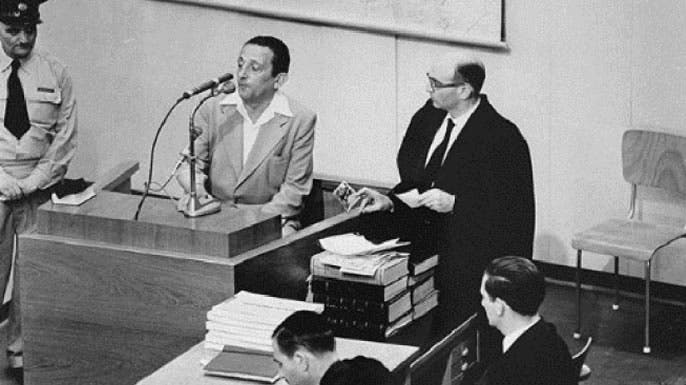
The centerpiece of the exhibition is an album of 35mm contact prints that Ross assembled. Enlarged versions of all the photographs from the album are projected on a wall. Photographs taken by Ross were submitted as evidence used to convict one of the perpetrators of the Holocaust—Adolf Eichmann—and the exhibition includes video footage from the Nazi war criminal’s 1961 trial at which Ross, who died at the age of 81 in 1991, and his wife testified and told of their experiences in the ghetto.
“I think as any photographer, he was drawn to document and use the camera as a form of personal expression and really as a weapon in many ways,” Gresh says. “He was doing his assignments that he was required to do, but he also was using the camera very deliberately to take these surreptitious photographs. And I think he was doing this truly to preserve the memory of what they were living through for future generations.”
Comments
Post a Comment